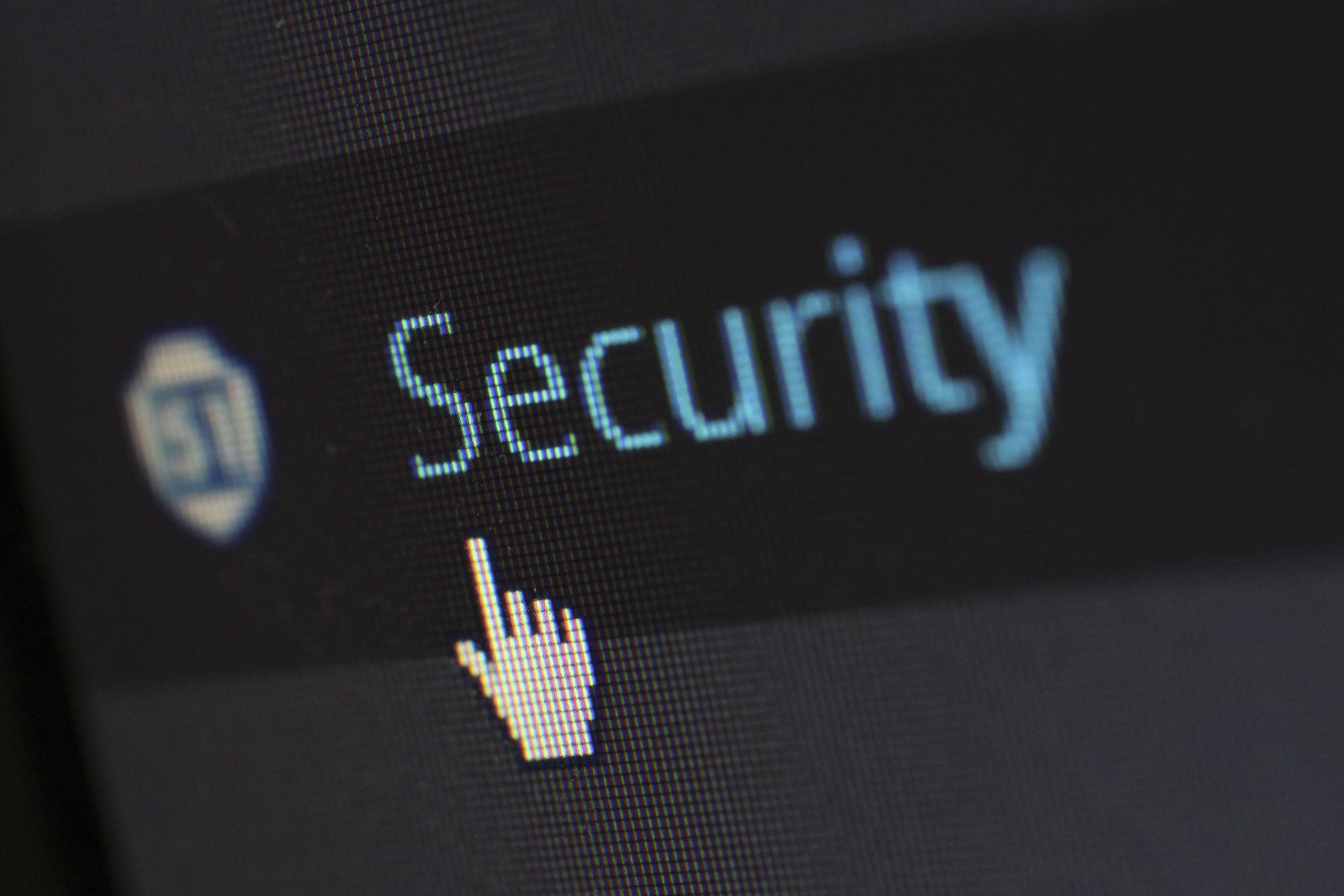Request a
Quote
Emergency critical communications systems are often used during life-threatening situations. These communications infrastructures need to be secure to ensure the safety of those who depend on them. Cybersecurity is a primary step towards the goal of secure communications.
Encryption, firewalls, and prevention steps are some of the tools used to form critical security for critical communications like 911 call centers. Continue reading this article to learn about the necessity of cybersecurity for communications systems and all about the security solutions to ensure secure communications.
Why do critical communications infrastructures need security?
Communications infrastructures need to be secure to protect from potential threats or shutdowns. According to Crowdstrike Global Threat Report, cybersecurity incidents grew by 400% from 2019-2020 and most incidents involved cybercriminals.
Communications security or cybersecurity needs to be applied to tools like mass communication systems, video chat platforms, digital radios, smartphones, and more. All of the communication tools listed are vulnerable to cybercriminals without the proper security.
Without security, people who depend on those tools during emergencies are in danger. Communications systems like college alert systems that send out emergency texts and emails are at risk. For instance, if there was an emergency on a college campus like a bomb threat and the criminal hacked into and turned off the alert systems, many more lives are at risk because they are unaware there is an emergency.
Similarly, when a 911 call center is hacked, it puts hundreds of thousands of people in danger because they cannot contact the necessary emergency workers in an efficient time. In the critical communications community, we all are aware that communications are of utmost importance to emergency responders.
In addition to disabling communications systems, criminals can also hack these systems to spread false information to result in mass panic or misinformation. This again impedes emergency responders’ ability to do their jobs. Without communications security, lives are at risk.
Signs of a communications system breach
Recognizing a communications system breach can be challenging in the beginning stages. Some breaches, in the beginning, do not seem like a threat causing the breach to not get reported or addressed until it is too late. These critical security threats need to be recognized to maintain data protection, network security, and communications security overall.
There are several signs of communications system breach; we will be discussing the main four that occur most often.
-
TDoS or Telephone Denial of Service
Telephone denial of service is when a hacker sends a large number of calls or texts etc. to a 911 center or any mass communications system to overload the system. Those who are responding to the calls or messages can detect that it is a case of TDoS when all the calls they are picking up are silent. TDoS is used by hackers to shut down a system from overwhelming it or to take control.
-
Swatting or Spoofing
Swatting or sometimes called spoofing is when a hacker calls in a fake incident to cause a large response from an emergency department. Sometimes they make the incident large enough that the SWAT team is called in to respond to the fake situation. This uses up department resources and time and can also act as a distraction from another system breach.
-
Network intrusion
Network intrusion often occurs when a firewall is hacked or broken compromising the security of sensitive information. As long as you have top-notch firewalls, network intrusions can often be detected and prevented quite quickly.
-
Phishing
Phishing is one of the most common forms of a communications system intrusion. This hacking can come in the form of emails, phone calls, text messages, and more. Often what happens is an email within a business is hacked and then the hacker uses that email to send out fake requests to click on a link or send money. When the link is clicked on by a receiver, the link often will carry a computer virus. That virus makes the computer system vulnerable and can make sensitive information and technology available to the hacker.
So how do you prevent or stop these breaches from happening? Check out the next section to learn more.
What cybersecurity options are available?
Communications security often starts with cybersecurity and technology options; however, it can also refer to work habits and expectations. In order to ensure data protection, communications security, and more a communication system’s security needs to be up to date, and the workers involved need to understand their roles.
There are three types of security used for a secure communications infrastructure—encryption, firewalls, and prevention through the workforce.

Encryption:
Encryption comes in several forms and is often used for two-way radio communications. There are five common types of encryptions—AES, DES, Hopping inversion, Simple inversion, and rolling code inversion.
AES and DES are the most common and stand for Advanced encryption standards and Data encryption standards. These encryptions are often used for the most secure operations like the FBI and military. They are the most sought-after encryption; as a result, almost all of Motorola’s new two-way radios come with either AES or DES that they claim is impossible to hack.
Aside from AES and DES are simple inversion, hopping inversion, and rolling code inversion encryptions. Simple inversion is when the frequencies and volume of the voice signal are inverted. Hopping inversion is similar except the frequencies change irregularly and the voice signal “hops” over different frequencies. Lastly, rolling code inversion, which is the most complex inversion encryption, inverts the voice signal at a constantly changing rate making it harder to break.
Different from encryption, firewalls are primarily used for computers and stationary communications infrastructures compared to two-way radios. There are multiple types of firewalls used for communications security. We will be discussing five different types of firewalls—packet filtering, circuit-level gateway, application-level gateway, stateful inspection, and next-generation firewall.
Packet filtering firewalls are when routers and switches do the filtering; they filter IP addresses, packet type, port number, and other areas. This is a great place to start your cybersecurity system. A circuit-level gateway can identify malicious content or malware through monitoring TCP handshakes and networks.
Next, is the application-level gateway; this is when cybersecurity amps up. An application-level gateway is sometimes referred to as a proxy firewall because it functions as the only entry point and exit point to and from the network. This gateway “examines all communications between outside sources and devices behind the firewall.” The application-level gateway checks everything from the address to the content itself before letting anything pass through.
Stateful inspection devices are unique compared to the application-level gateway because they monitor the entire session for the whole duration of the connection. Lastly, a next-generation firewall combines all of the above with the addition of inspecting “other network security systems, such as an IDS/IPS malware filtering and antivirus”.
Each of these firewalls is a great option for keeping your critical communications system secure; however, most cybersecurity experts recommend applying a unique blend of the above options rather than just one system.
Prevention in the emergency workplace:
A great way to prevent hackers is in work habits. At MCCR we have five tips for keeping critical communications centers secure through simple workplace expectations. The first is safe web browsing; employees should avoid suspicious sites with an overload of ads because they can be an easy place to have a virus attached to a computer and network. In addition to that, smart passwords should be changed on a regular basis to decrease the possibility of network intrusion.
Moreover, no outside devices should be coming into the workplace and connecting to the network without approval. This refers to flash drives, laptops, and more. Lastly, employees should always log out of workstations when finished and report anything suspicious.
These steps are fairly simple, but they can prevent many intrusions and keep your communications infrastructure secure.
Hardware and Software that will help combat cyber attacks:
-
- Falcon Complete Package
- Can detect an issue in less than one minute
- Investigates the problem in less than ten minutes
- Responds to the problem in under one hour
-
- Routers
- Built-in firewalls
- Encryption
- Intrusion detection
- Alert system and more
-
- Cloud storage
- Dynamic data masking
- End-to-end encryption
- Top cloud security technology
-
- VMware Carbon Black Cloud Endpoint Advanced
- Next-generation antivirus
- Behavioral endpoint detection and response
- IT hygiene
- Realtime endpoint query
- Endpoint remediation
How will this technology improve critical communications/Conclusion?
By recognizing a threat and utilizing proper technology and habits, many mass communication centers, and critical communications reliant organizations can rest a little easier. Implementing cybersecurity tactics in the communication infrastructure can decrease the risk of widespread misinformation. This deduction is important because in the right context misinformation can lead to mass panic which often has negative outcomes.
Communication security will also decrease the risk of public access to sensitive information, this can refer to police, hospitals, and more. Lastly, with cybersecurity involved in critical communications, there is a lower possibility of whole safety systems being shut down. We have systems like 911 call centers and college mass communications for public safety; when those systems are at risk so is the public.
We hope this article helped broaden your knowledge of cybersecurity and the important role it plays in relation to critical communications infrastructures.




